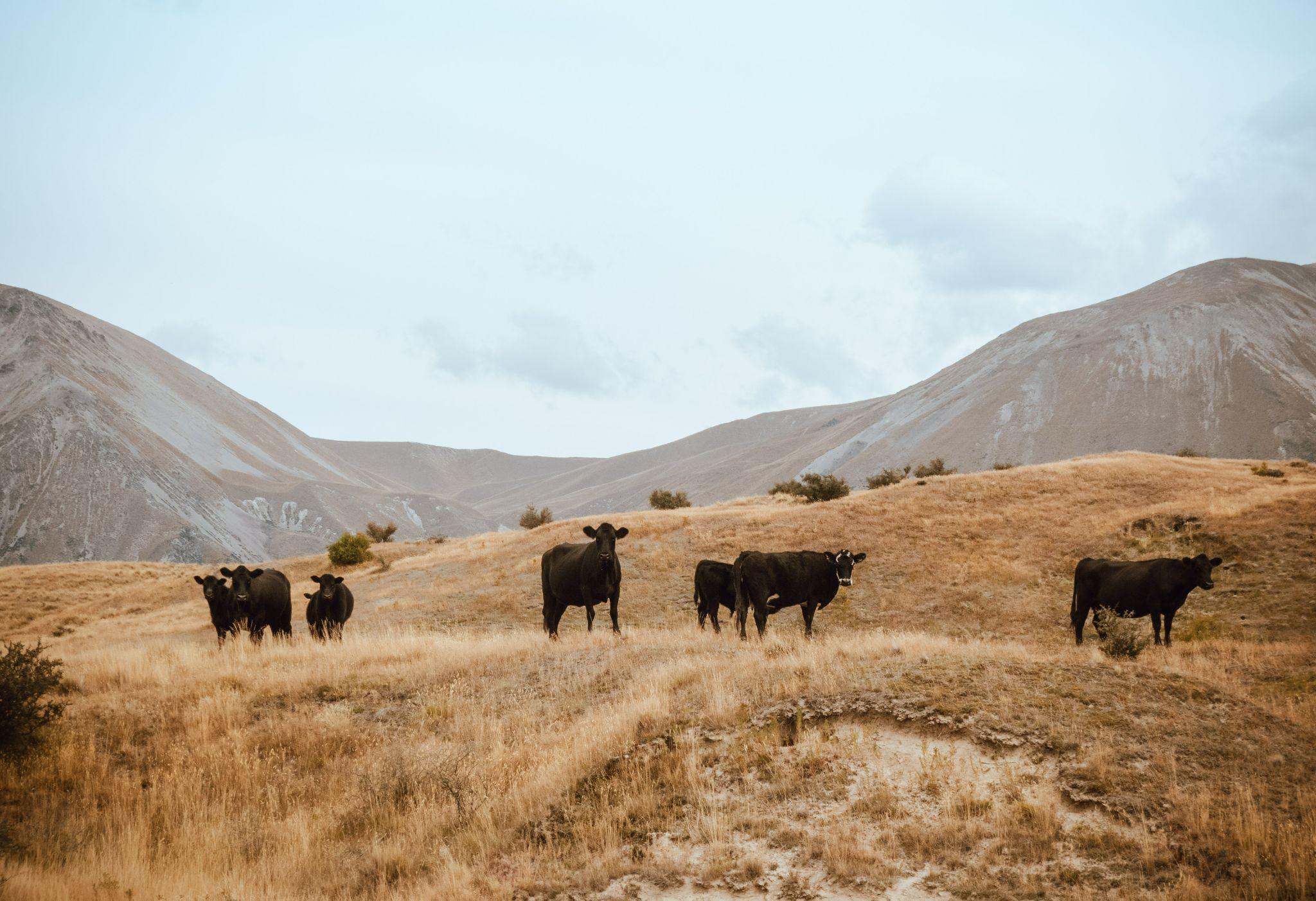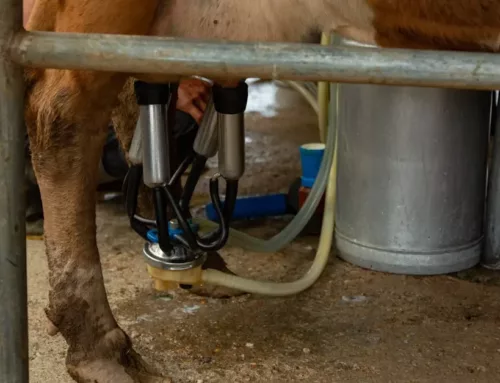Data-Driven Cattle Breeding: How to Use Genomic Selection, Rapid DNA Typing

A significant gap exists between the world’s population demand and animal production. Data-driven cattle breeding is a method of breeding that chooses animals for reproduction based on data. This approach is known to improve the breeding process’ efficiency and increase producer’s profits.
Using cutting-edge tools like artificial intelligence and machine learning, various aspects of cattle breeding can now be optimized. These technologies can improve the efficiency and accuracy of genetic evaluations, selection decisions, and livestock operation management.
Additionally, new goods and services that provide greater value to both producers and consumers can be created using these cutting-edge technologies. For example, artificial intelligence can help with identifying trends in animal health data, which can lead to better disease prevention efforts, while machine learning can help predict disease outbreaks before they occur. To learn more about data-driven cattle production, please read this article published earlier this year.
Let’s explore how genomic selection and rapid DNA typing can be used for data-driven cattle breeding.
Understanding the Role of Genomic Selection, Rapid DNA Typing in Data-Driven Cattle Breeding
Cattle breeders have access to technologies like rapid DNA typing and genomic selection that enable a more thorough understanding of the genetic makeup of cattle. They can help breeders make better-informed decisions about selecting breeding stock. By utilizing the expanding body of genetic data now available, these tools can aid in predicting beef carcass merit more precisely than ever before.
Genomic Selection In Data-Driven Cattle Breeding
Genomic selection is a breeding method that uses genetic information to predict how well an animal will perform in its future environment. Two main developments sparked the genomic selection process. The first development was that a female cow’s or bovine’s genome was sequenced, revealing thousands of DNA markers known as SNPs. The cost of genotyping was drastically reduced following the identification of numerous SNP markers. The second development was that it was found that it was possible to make accurate selection decisions for breeding using breeding values predicted from dense marker data. Initially used to predict progeny performance in males, genomic selection is now used to predict progeny performance in females as well.
Fundamentally, genomic selection is very similar to conventional animal breeding in that it selects the animals that are genetically fittest based on phenotypic data. However, genomic selection differs from traditional breeding in two key ways:
- It uses genomic information to guide breeding decisions instead of relying solely on phenotypic observations; and
- It takes advantage of the massive amounts of data available through DNA sequencing to inform those decisions.
The method uses genetic markers covering the whole genome so that all quantitative trait loci (QTL) inherit or correlate with at least one marker. These markers can be single nucleotide polymorphisms (SNPs) or microsatellites, which are short repeats of DNA base pairs found in genes.
The collection of phenotypic and genotypic data of reference populations is the first step in genomic selection. Phenotypic data in cattle refers to identifying breed populations and external characteristics of cattle in a given environment.
The next step is to determine which marker(s) are most predictive for selection in your population by performing statistical tests on their relationship with phenotypic traits through crossbreeding trials.
All animals in the reference population are genotyped for SNPs for the entire genome for genotypic information. The more animals in the reference, the more accurate the results will be. The precision of the breeding value will also depend on trait heritability.
The phenotypic and genotypic data are then used to calculate the genomic breeding value, or GEBV. These results are applied to the candidate population with the marker genotype for selection.
Benefits of Genomic Selection

- The main advantage of genotypic selection is that candidates can be assessed without progeny or offspring and thus leading to animal selection at a very young age, even at the embryo stage.
- Genotypic selection can increase productivity and decreases the generation interval.
- It improves the efficiency of cattle breeding and also helps to reduce the cost of genetic management and increase the effectiveness of herd improvement programs.
- Genetic information provides a more precise estimate of how an animal will perform than traditional methods
- It allows you to select from many different kinds of genes at once. This means you can choose multiple traits simultaneously with genomic selection—something that would not be possible otherwise!
- The genomic selection also allows you to screen for disease resistance before breeding takes place so that any infected animals aren’t allowed into the gene pool. This prevents any diseases from spreading throughout your herd or farm.
Use of Rapid DNA Typing
Rapid DNA Typing is an automated process of DNA fingerprinting used to determine the genetic marker types. These genetic markers help in accurate parentage and paternity testing.
Parentage testing is based on the assumption that an individual will inherit one copy from each parent. As a result, if a specific marker size (an ‘allele’) is present in the calf but not in both of the nominated parents, the parents must be excluded from the calf’s pedigree. When an animal has a genotype inconsistent with a putative relationship, parentage testing is used to rule out the possibility of a relationship.
DNA typing extracts DNA from tissue samples like ear notch, blood, semen, muscle, and hair follicles. Ear notch is the preferred method as it provides less chance of contamination.
The goal of genomic selection is to identify the most important genetic traits that influence a given trait in an animal’s phenotype. These traits can be anything from milk production to lifespan to leanness.
If you also want to harness the power of genomic selection and make profits, contact AgBoost. Our genetic analysis tool makes selective breeding easy with an intuitive results display and an easy-to-use dynamic tool. This tool also gives breeding suggestions based on the data.
Call 405.400.8200 or click here to start using the power of data and make smart decisions.


